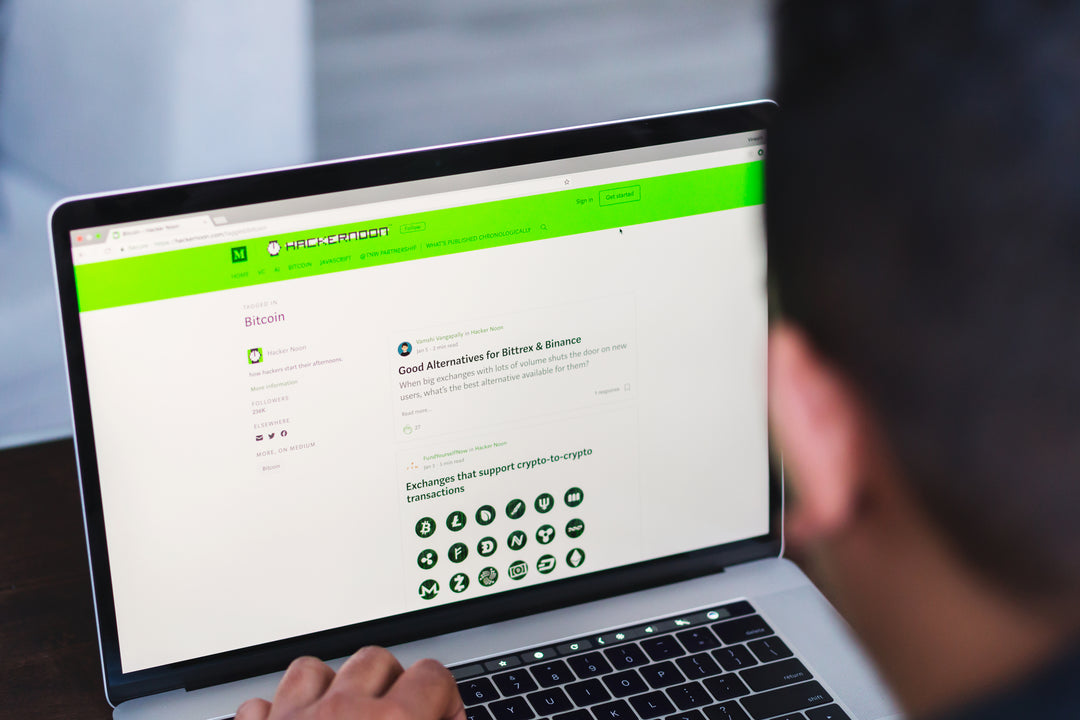Workbook on IAS 16 Property plant and equipment
IAS 16 Property, Plant and Equipment - Student Handout
📋 Overview
IAS 16 is the International Accounting Standard that governs how companies account for Property, Plant and Equipment (PPE).
Key Facts:
- First issued: 1982, reissued in 2003
- Effective date: January 1, 2005
- Applies to: Tangible assets used in business operations
🎯 Objective of IAS 16
Main Goal: To prescribe the accounting treatment for property, plant and equipment so users can understand:
- The investment in PPE
- Changes in PPE during the period
Key Issues Addressed:
- When to recognize assets
- How to measure their value
- How to calculate depreciation charges
- How to handle impairment losses
🔍 Scope - What's Included and Excluded
✅ INCLUDED in IAS 16:
- Land and Buildings (factories, offices)
- Machinery and Equipment
- Vehicles (cars, trucks, aircraft)
- Furniture and Fixtures
- Computer Hardware
- Bearer Plants (trees that produce fruit for multiple years)
❌ EXCLUDED from IAS 16:
- Investment Property → IAS 40
- Biological Assets (livestock, crops) → IAS 41
- Assets Held for Sale → IFRS 5
- Intangible Assets → IAS 38
- Mineral Rights (oil, gas reserves)
🚪 Recognition Criteria - When to Record PPE
Record PPE as an asset when BOTH conditions are met:
1. Future Economic Benefits
- Probable that benefits will flow to the entity
- Asset will generate revenue or reduce costs
2. Reliable Measurement
- Cost can be measured reliably
- Have supporting documentation
📝 Recognition Examples
| Scenario | Future Benefits? | Reliable Measurement? | Decision | Reasoning |
|---|---|---|---|---|
| Purchase machinery for $50,000 | ✅ Will produce goods for sale | ✅ Invoice shows exact cost | RECOGNIZE | Both criteria met |
| Research equipment for experimental project | ❌ Benefits uncertain | ✅ Cost known | Don't recognize | Benefits not probable |
| Donated equipment (fair value unknown) | ✅ Useful for operations | ❌ Cannot measure value | Don't recognize | Cannot measure reliably |
| Safety sprinkler system (legally required) | ✅ Enables continued operations | ✅ Installation cost documented | RECOGNIZE | Both criteria met |
💰 Initial Measurement - What Costs to Include
Rule: PPE is initially measured at COST
Components of Cost:
✅ INCLUDE:
- Purchase price (less trade discounts)
- Import duties and taxes (non-refundable)
- Delivery and handling costs
- Installation costs
- Professional fees (legal, architectural)
- Site preparation costs
- Testing costs (making asset ready for use)
- Dismantling costs (estimated future costs)
❌ EXCLUDE:
- Opening costs (grand opening party)
- Staff training costs
- Operating losses before full capacity
- General administration costs
- Feasibility study costs
📝 Initial Cost Calculation Examples
| Cost Component | Manufacturing Equipment Example | Office Building Example |
|---|---|---|
| Purchase/Contract Price | $100,000 | $800,000 |
| Import Duties | $5,000 | $0 |
| Delivery Costs | $2,000 | $0 |
| Installation/Construction | $8,000 | $150,000 |
| Professional Fees | $1,500 (engineering) | $25,000 (architect) |
| Site Preparation | $0 | $15,000 |
| Testing Costs | $1,000 | $5,000 |
| Staff Training |
|
|
| Opening Ceremony |
|
|
| Total Capitalized Cost | $117,500 | $995,000 |
📊 Subsequent Measurement - Two Models
After initial recognition, choose ONE model for each class of assets:
Model 1: COST MODEL
Formula: Cost - Accumulated Depreciation - Impairment
Advantages:
- Simple to apply
- No revaluation costs
- More conservative
Model 2: REVALUATION MODEL
Formula: Fair Value - Accumulated Depreciation - Impairment
Requirements:
- Regular revaluations needed
- Fair value must be reliably measurable
- Must revalue entire class (not individual assets)
📝 Revaluation Examples
| Item | Office Building Example | Manufacturing Plant Example |
|---|---|---|
| Original Cost | $1,000,000 | $2,500,000 |
| Accumulated Depreciation | $200,000 | $500,000 |
| Carrying Amount Before | $800,000 | $2,000,000 |
| New Fair Value | $1,200,000 | $1,800,000 |
| Revaluation Adjustment | +$400,000 (gain) | -$200,000 (loss) |
| Journal Entry | Dr. Building $400,000<br>Cr. Revaluation Reserve $400,000 | Dr. Impairment Loss $200,000<br>Cr. Building $200,000 |
📉 Depreciation - Key Concepts
What is Depreciation?
Systematic allocation of an asset's cost over its useful life.
Depreciation Formula:
Annual Depreciation = (Cost - Residual Value) ÷ Useful Life
When Does Depreciation Start/Stop?
- Starts: When asset is available for use
- Stops: When asset is disposed of or fully depreciated
📝 Depreciation Calculation Examples
| Asset Details | Company Vehicle Example | Office Equipment Example |
|---|---|---|
| Purchase Cost | $40,000 | $25,000 |
| Estimated Residual Value | $10,000 | $1,000 |
| Useful Life | 6 years | 8 years |
| Depreciable Amount | $40,000 - $10,000 = $30,000 | $25,000 - $1,000 = $24,000 |
| Annual Depreciation | $30,000 ÷ 6 = $5,000 | $24,000 ÷ 8 = $3,000 |
| Monthly Depreciation | $5,000 ÷ 12 = $417 | $3,000 ÷ 12 = $250 |
| Journal Entry (Annual) | Dr. Depreciation Expense $5,000<br>Cr. Accumulated Depreciation $5,000 | Dr. Depreciation Expense $3,000<br>Cr. Accumulated Depreciation $3,000 |
Depreciation Methods Comparison:
📝 Different Methods Applied to Same Asset
Asset: Machinery costing $100,000, Residual value: $10,000, Life: 3 years
| Method | Year 1 | Year 2 | Year 3 | Total | When to Use |
|---|---|---|---|---|---|
| Straight-Line | $30,000 | $30,000 | $30,000 | $90,000 | Consistent usage pattern |
| Diminishing Balance (50%) | $50,000 | $25,000 | $15,000* | $90,000 | Technology/high obsolescence |
| Units of Production | $36,000** | $27,000** | $27,000** | $90,000 | Usage-based wear |
*Adjusted to reach residual value **Based on actual units produced: 40%, 30%, 30%
🔧 Component Accounting
Rule: If parts of an asset have different useful lives, depreciate them separately.
📝 Component Accounting Examples
| Component | Aircraft Example | Building Complex Example |
|---|---|---|
| Total Cost | $10,000,000 | $5,000,000 |
| Component 1 | Airframe: $6,000,000 (30 years) | Structure: $3,000,000 (50 years) |
| Component 2 | Engines: $4,000,000 (15 years) | HVAC System: $2,000,000 (20 years) |
| Annual Depreciation: | ||
| Component 1 | $6,000,000 ÷ 30 = $200,000 | $3,000,000 ÷ 50 = $60,000 |
| Component 2 | $4,000,000 ÷ 15 = $267,000 | $2,000,000 ÷ 20 = $100,000 |
| Total Annual | $467,000 | $160,000 |
💔 Impairment and Disposal
Impairment
When carrying amount > recoverable amount
Recoverable Amount = Higher of:
- Fair value less costs to sell
- Value in use
Disposal
Remove asset when sold or no future benefits expected
Gain/Loss on Disposal:
Proceeds - Carrying Amount = Gain or Loss
📝 Disposal Examples
| Transaction Details | Equipment Sale (Gain) | Vehicle Sale (Loss) |
|---|---|---|
| Original Cost | $50,000 | $35,000 |
| Accumulated Depreciation | $40,000 | $25,000 |
| Carrying Amount | $10,000 | $10,000 |
| Sale Proceeds | $15,000 | $7,500 |
| Gain/(Loss) | $15,000 - $10,000 = $5,000 Gain | $7,500 - $10,000 = ($2,500) Loss |
| Journal Entry | Dr. Cash $15,000<br>Dr. Accum. Depreciation $40,000<br>Cr. Equipment $50,000<br>Cr. Gain on Disposal $5,000 | Dr. Cash $7,500<br>Dr. Accum. Depreciation $25,000<br>Dr. Loss on Disposal $2,500<br>Cr. Vehicle $35,000 |
📋 Key Disclosures Required
For each class of PPE, disclose:
- Measurement basis (cost or revaluation)
- Depreciation methods used
- Useful lives or depreciation rates
- Gross carrying amounts and accumulated depreciation
- Reconciliation of opening to closing balances
🚨 Common Student Mistakes to Avoid
- Including training costs in asset cost
- Starting depreciation before asset is ready for use
- Forgetting residual value in depreciation calculations
- Mixing cost and revaluation models for same asset class
- Not separating land and buildings (land is not depreciated)
📝 Practice Questions
Question 1: Initial Cost Calculation
A company purchases machinery for $80,000. Additional costs incurred:
- Shipping costs: $2,000
- Installation costs: $5,000
- Staff training costs: $3,000
- Testing costs to ensure proper functioning: $1,000
What is the initial cost of the machinery that should be capitalized?
Question 2: Straight-Line Depreciation
A company purchased equipment for $120,000. The equipment has a useful life of 8 years and an estimated residual value of $8,000.
Calculate the annual straight-line depreciation expense.
Question 3: Component Accounting
A company constructs a building for $2,000,000 with the following components:
- Building structure: $1,600,000 (estimated useful life: 40 years)
- Air conditioning system: $400,000 (estimated useful life: 10 years)
What is the total annual depreciation expense using component accounting?
📝 Practice Question Solutions
| Question | Problem Details | Solution Steps | Final Answer |
|---|---|---|---|
| Question 1: Initial Cost | Machinery $80,000<br>Shipping $2,000<br>Installation $5,000<br>Training $3,000<br>Testing $1,000 | Include: $80,000 + $2,000 + $5,000 + $1,000<br>Exclude: Training $3,000 | $88,000 |
| Question 2: Depreciation | Equipment $120,000<br>Useful life: 8 years<br>Residual value: $8,000 | ($120,000 - $8,000) ÷ 8<br>= $112,000 ÷ 8 | $14,000 per year |
| Question 3: Components | Building $2,000,000<br>Structure: $1,600,000 (40 years)<br>AC: $400,000 (10 years) | Structure: $1,600,000 ÷ 40 = $40,000<br>AC: $400,000 ÷ 10 = $40,000 | $80,000 total annual |
💡 Key Takeaways
- Recognition: Future benefits + Reliable measurement
- Initial Cost: All costs to get asset ready for use
- Two Models: Cost model (most common) vs Revaluation model
- Depreciation: Systematic allocation over useful life
- Component Approach: Separate significant parts with different lives
- Impairment: Test when indicators present
- Disclosure: Comprehensive information required
Remember: IAS 16 ensures that PPE is properly recognized, measured, and disclosed to provide useful information to financial statement users about an entity's investment in its productive assets.




